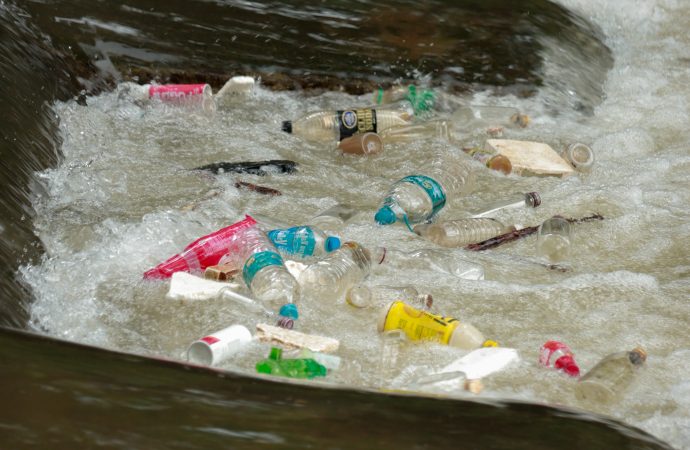Introduction Introduce the issue of plastic waste and its impact on the environment. Discuss the need for a more sustainable approach to plastic production and consumption. The Problem with Linear Economy Discuss the current linear economy approach, where resources are extracted, made into products, and discarded after use. Highlight the problems with this approach, including
Introduction
- Introduce the issue of plastic waste and its impact on the environment.
- Discuss the need for a more sustainable approach to plastic production and consumption.
The Problem with Linear Economy
- Discuss the current linear economy approach, where resources are extracted, made into products, and discarded after use.
- Highlight the problems with this approach, including the generation of vast amounts of plastic waste that end up in landfills, oceans, and other ecosystems.
What is Circular Economy?
- Define circular economy and how it differs from the linear approach.
- Discuss the principles of circular economy, including the need to design out waste and pollution, keep products and materials in use, and regenerate natural systems.
Applications of Circular Economy to the Plastic Industry
- Discuss the potential for circular economy to solve plastic pollution.
- Highlight examples of circular economy initiatives in the plastic industry, such as:
- Closed-loop recycling: Discuss how a closed-loop recycling system can reduce plastic waste by keeping materials in use.
- Biodegradable plastics: Discuss the potential for biodegradable plastics, which break down naturally in the environment, to replace traditional plastics.
- Extended producer responsibility: Discuss how placing responsibility on producers for the entire life cycle of their products can incentivize them to design for circularity.
Challenges and Opportunities
- Discuss the challenges and opportunities facing the implementation of circular economy in the plastic industry.
- Analyze the economic and social benefits of transitioning to a circular economy, such as reduced environmental impact and job creation.
- Discuss the potential barriers to implementation, such as resistance from entrenched interests and the need for systemic change.
Conclusion
- Summarize the key points of the article and emphasize the importance of circular economy in addressing plastic pollution.
- Discuss the potential for collaboration between industry, government, and civil society to accelerate the transition to circular economy.























Leave a Comment
Your email address will not be published. Required fields are marked with *